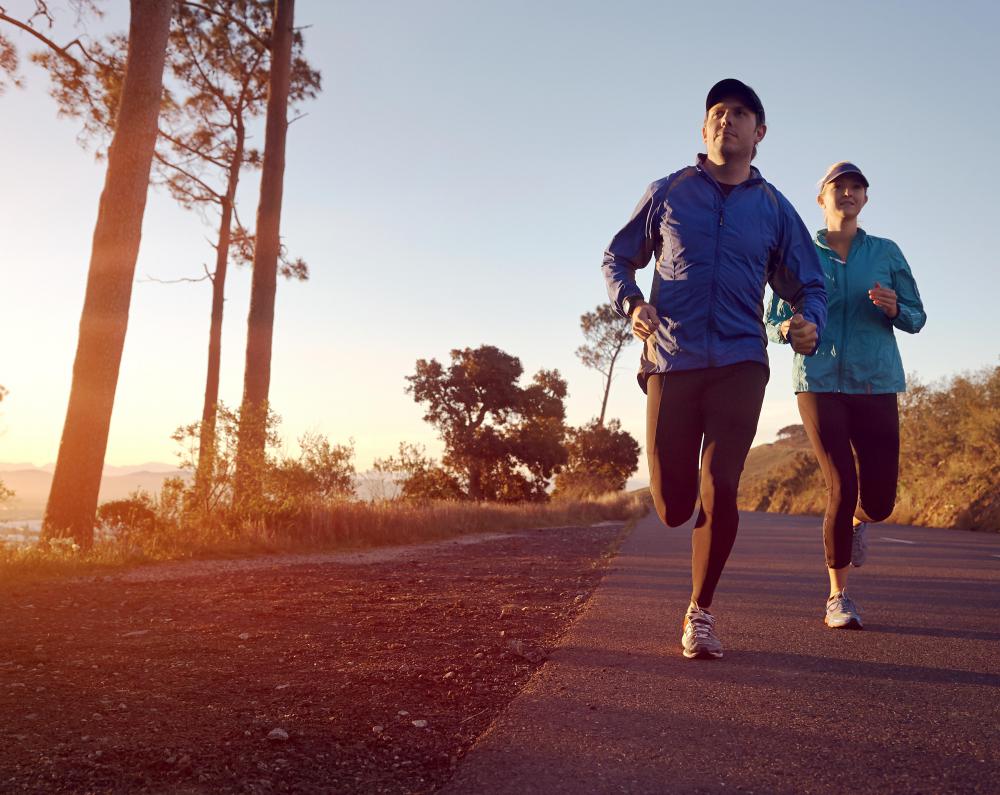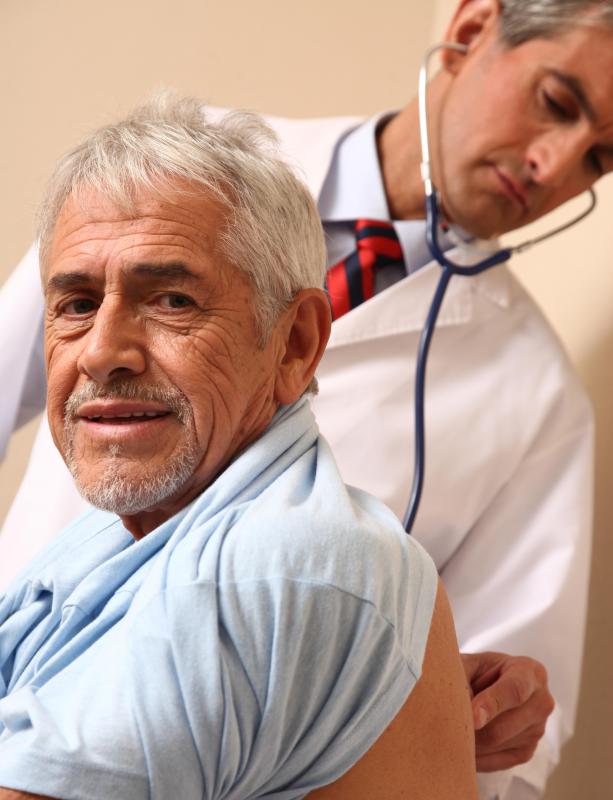At TheHealthBoard, we're committed to delivering accurate, trustworthy information. Our expert-authored content is rigorously fact-checked and sourced from credible authorities. Discover how we uphold the highest standards in providing you with reliable knowledge.
What Is the Connection between the Respiratory System and Cardiovascular System?
The respiratory system and cardiovascular system are intricately intertwined in a complex manner, relying on one another to perform their physiological functions. Only together can they keep the body functioning through the transportation of gases and other elements. As a general rule, they are directly related, meaning when one system speed ups, the other system accompanies in an increased level of function and vice versa.
A number of structures in the body, including the lungs and diaphragm, work together to accomplish the task of respiration or gas exchange. Air provides oxygen, an element necessary for people to stay alive. All of the organs and tissues of the body require oxygen, and without obtaining it from the environment, the body could not survive. This is why if someone goes into an environment where no oxygen is present, such as outer space or under water, he or she must use an oxygen tank to provide this necessity.

Not only is oxygen vital to take in, but it is also necessary to get rid of the poisonous by-products of metabolic activity. The respiratory system accomplishes this through inhalation and exhalation. These movements occur due to size and pressure changes of the lungs thanks to the contraction of the diaphragm. Once in the lungs, fresh air still needs to get to the cells of the body, which is where the cardiovascular system ties in.

The air from the environment is pulled into tiny, saclike structures called alveoli. These structures, located in the lungs, are vascular, which means they are linked to the circulatory system. The gradient produced by oxygen-rich, carbon monoxide-poor alveoli and oxygen-poor, carbon monoxide-rich blood vessels creates an exchange in which bad gasses are dropped off in the lungs, and oxygen is picked up. The blood carries this freshly acquired oxygen to the heart by the pulmonary vein, where it eventually will circulate throughout the body.

The link between the respiratory system and cardiovascular system is even apparent in the name cardiovascular. Cardio alone refers to the heart and lungs, and vasculature refers to the network of blood vessels found in the body. Together, these terms accurately describe the function of this system.
The two systems are directly related. An example of this would be during exercise, when physical demands are significantly higher than usual. In order to meet these demands, the heart must pump more nutrient-rich blood around the body; however, it needs oxygen to do this job. The respiratory system fulfills this call for more oxygen by increasing productivity itself. This principle also holds true during decreased demands and all states in between.
AS FEATURED ON:
AS FEATURED ON:
















Discuss this Article
Post your comments